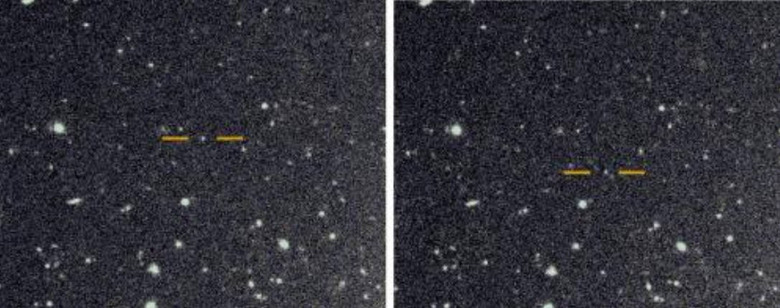Saturn breaks record after astronomers discover another 20 moons
Saturn is now the Moon King of our solar system thanks to the discovery of another 20 moons orbiting the gas giant. The announcement was made today by Carnegie Science, where a team of astronomers led by Scott S. Sheppard found the new moons. Adding them to the known celestial bodies, Saturn now officially has 82 moons, exceeding Jupiter's previous record of 79.
According to Carnegie Science, each of these newly discovered moons measure around three miles across; as well, the astronomers found that 17 of them are in a backward orbit, leaving only three that are orbiting in the same direction that Saturn rotates.

All of the backward-orbiting (retrograde) and one of the regular orbit (prograde) moons are located at distances that give them long orbits — it takes over three years for these 18 moons to fully orbit Saturn. The remaining two prograde moons are located closer to the planet, giving them orbits of only around two years.
Some of these moons, which are categorized in an outer moon group, may have formed from a single larger moon that broke apart at some point in Saturn's history. As well, the moons orbiting backward may have broken free from one or more larger moons, though questions remain.
The celestial bodies were discovered using the Subaru telescope on Mauna Kea in Hawaii. In talking about the work, Sheppard explained:
Studying the orbits of these moons can reveal their origins, as well as information about the conditions surrounding Saturn at the time of its formation ... Using some of the largest telescopes in the world, we are now completing the inventory of small moons around the giant planets. They play a crucial role in helping us determine how our Solar System's planets formed and evolved.
